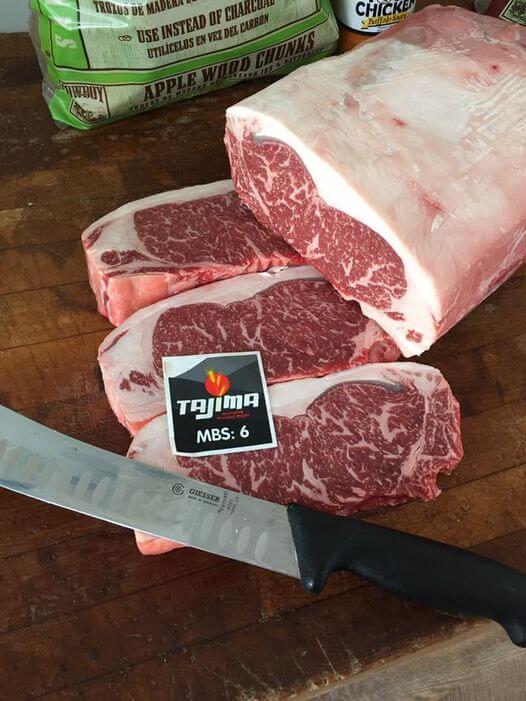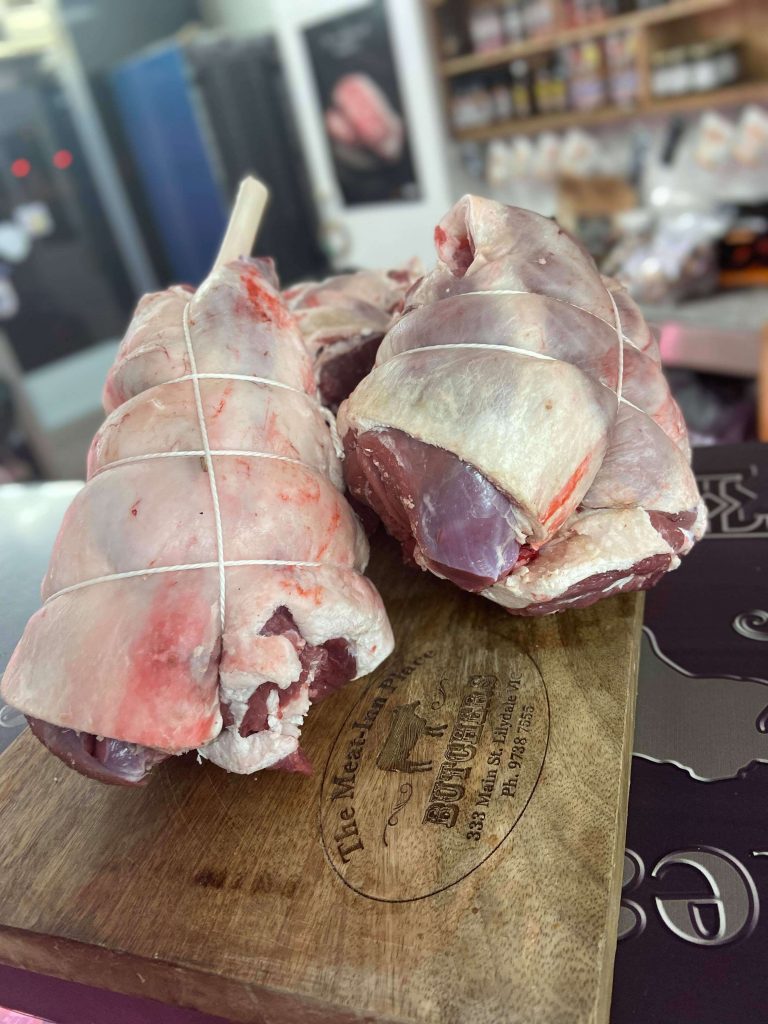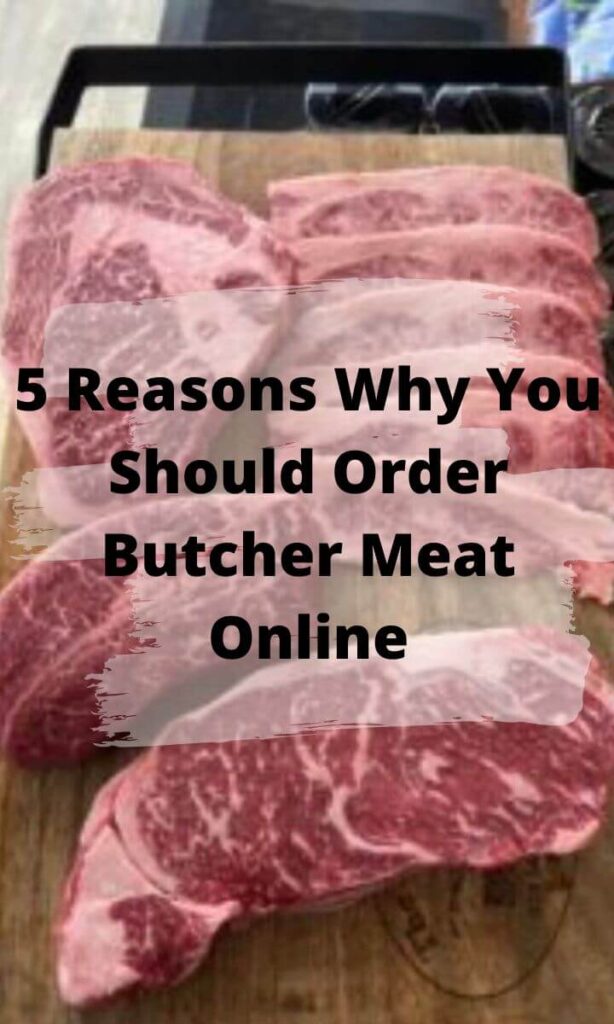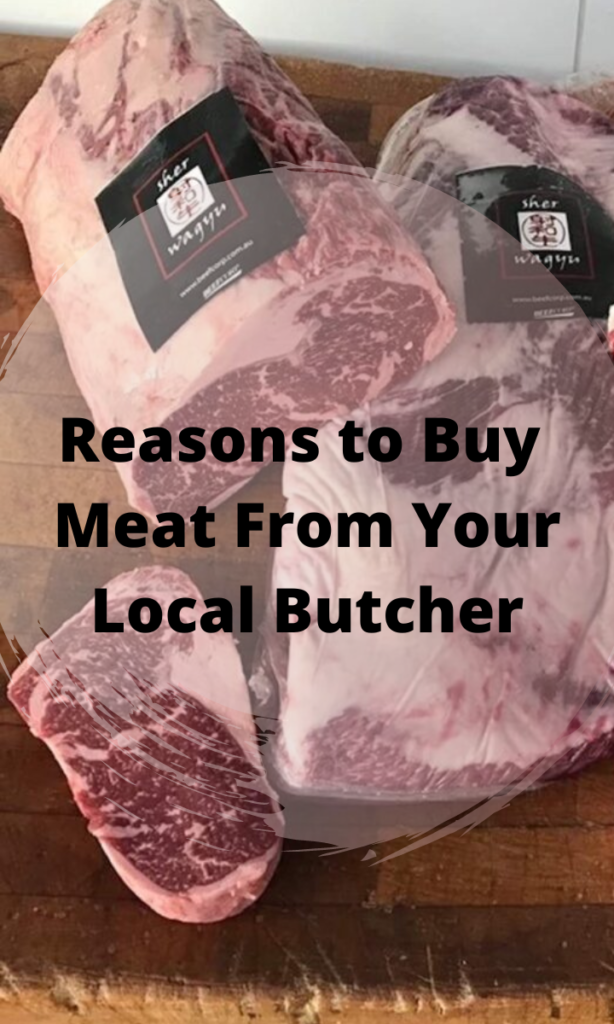History of Butchery

Despite the fact that many meat enthusiasts adore the exquisite flavour of the many different meat preparations, I’m sure very few of them are aware of the butchers’ rich history. Since the human race used to exclusively rely on natural meals, which included various kinds of animal meats, in prehistoric times, the history of butchers is undoubtedly as ancient as human civilisation. Let’s find out how far the art of butchery dates back in history.
The Art of Butchery and its History
Many people frequent Melbourne butcher shops for high-quality cuts of meat, whether they’re looking for chops for a family dinner or steaks for an outside grill. However, little do people know how old the art of butchery is. To understand how butcher shops and butchers work and operate, it’s important to look back and take a peek at its rich culture and history.
When did Butchery begin?
Before it was possible to prepare meat, people had been consuming it. We were ingesting raw meat roughly 2.5 million years ago, according to archaeological data. Early human bones exhibit alterations that indicate meat was now being prepared some 1.9 million years ago. Butchery appears to have been a distinct trade throughout the Roman period. Prior to the arrival of the Romans in England, killing domestic animals was still seen as a necessary step in the process of rearing cattle by individual households or small communities for their own agricultural use as draught animals and food supply. The necessity for regular supply of meat for bigger populations increased as cities and villages grew that lacked the room for each family to maintain cattle.
Butchery in the Middle Ages
As the Middle Ages approached, butchery had established itself as a full-fledged, lucrative enterprise. Along with the growing atmosphere of the cattle market, the creation of “The Butcher’s Guild,” a moral code within a trade, guaranteed that some health and safety rules were developed to assure safe consumption. A number of guidelines and limitations on the killing of animals were given by this guild, such as the requirement that it only be done at the aforementioned slaughterhouse and not in individual homes or at a meat market.
Butchery in the Victorian Era
During the Victorian era, meat consumption rose in popularity across society. Because of increased urbanisation, butchers and butcher shops became more important to the general populace, and the price of meat was considerably cheaper than it had been in earlier generations. As meat grew in popularity as a food source, Victorians continued the Roman practise of “waste not, want not,” making the most of every part of the animal. Large roasting joints were a favourite among the affluent, who would make soups and other dishes with the bones and extra meat. To prepare filling feasts like stews and sausages, the lower classes used cheaper cuts and leftovers of meat.
Butchery Today
The contemporary best butcher is a master of many different tools of his or her profession, but not always as esteemed as the butchers of old. The modern butcher still has to have a solid grasp of how to protect meat, prepare meat, store meat, and they now know much more about the science behind meat. This has made it possible to alter meat; the contemporary butcher, whether they operate in their own shop, learnt their profession through apprenticeship, or received their training in a supermarket, pushes modifications to flavour, texture, quality, and availability.
Businesses have soon realised that offering a professional butchery service is an added value to their clients. There are several associations of professional butchers across the world, and many supermarkets and restaurants now employ professional butchers in their establishments. It has been crucial to adapt to client behaviours of growing online purchasing while still delivering a personalised, worthwhile service that customers won’t receive anywhere else. Melbourne-based butchers like The Meat Inn Place have launched online butchers, and masterclasses, click and collect options, and delivery.
What is the future of Butchery?
The meat business was forced to switch to no-contact trading techniques, such online butchery services in Melbourne rather than physical stores, as a result of the long-lasting effects of Covid-19 on commerce across all industries. This made people more concerned about the decline and closure of further local butcher businesses. However, once the Covid-19 limitations have been relaxed, consumers are once again starting to frequent butcher shops. Since business is continuously growing year after year, butchers are still supplying their consumers with high-quality meats. As many of us have returned to work and are searching for quick lunches, customers have continued to enjoy their extensive assortment of meats.

How to become a Butcher in Melbourne
One of your possibilities may be to train to become a professional butcher if you’re interested in learning about the various types of meat. A butcher has to possess a variety of abilities, including knowledge of animal anatomy, proficiency with knives and other cutting implements, an awareness of proper meat cutting procedures, and a thorough grasp of food safety and hygiene regulations. So, how do you become a butcher in Melbourne?
To be on the way to becoming a certified butcher, you need to undergo a course and obtain a Certificate III in Meat Processing plus complete an apprenticeship. The average butcher apprenticeship lasts for up to 4 years.
Butchery FAQ
Researchers find the earliest examples of carving flesh with a stone instrument. It’s possible that 3.4 million years ago, marks on the bones of two antelopes discovered in Ethiopia, show that hominids were using sharp stones to butcher their meat.
Butchering is not only limited to males. There are also a lot of female butchers in the industry who are called ‘butcheress.’
The word ‘butcher’ comes from the Old French bouchier, from Old French bouc, from Medieval Latin buccus (“he-goat”), of Germanic origin. Middle English bocher, boucher.
Although a butcher may charge more than a supermarket, you can be confident that the meat you are purchasing is of a higher calibre. Butchers are far more likely to stock meat that is fresher and sourced locally. The better the quality, like with many other things, the more expensive.
To industrial firms that will transform the unwanted waste into proteins for pet food and other industrial applications, butcher shops and meat departments may sell their bones, fat, and other uneaten meat scraps for a reasonable price.


